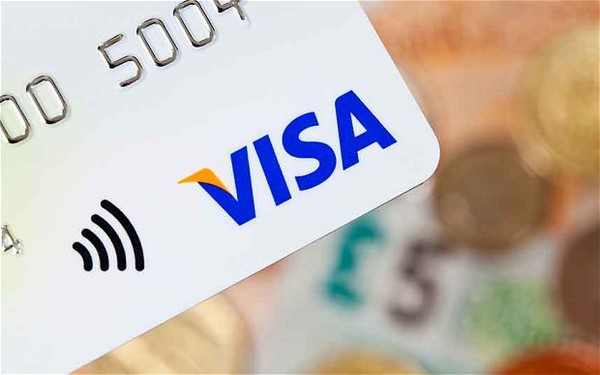Today the contactless transaction threshold increases to £30. According to data by Visa, this could affect approximately 3m Visa transactions a day, for a total of over £70m.
Supermarkets, clothes retailers, department stores and pharmacy chains will benefit the most from the increase as 12-20% of all of their transactions fall into the £20-£30 band, and supermarkets will be the biggest beneficiaries in terms of volume, with an additional 1.1m transactions a day now falling under the contactless threshold.
75% of Visa‘s transactions are £30 and under, making contactless much more useful for the vast majority of everyday payments. On average, contactless is 7 seconds quicker than traditional chip & PIN, leading to shorter queue times.
Visa Europe believes that the threshold increase will redefine how contactless is used, now that higher value goods and services can be purchased using contactless. Consumers will be able to experience all the benefits of contactless – speed, convenience and security – across a broader range of shopping scenarios, which will see ‘touch to pay‘ become more popular than ever before.
Visa Europe is now also seeing ‘touch to pay‘ behaviour translating to other NFC enabled technologies; the recent launches of Apple Pay for iPhone 6 and Apple Watch and the new bPay wearable products have given consumers new ways to make contactless payments with Visa. And, these digital payment methods will be supported by the contactless infrastructure that is already in place, and continues to grow. Visa Europe has a mandate that by the end of 2019, all Visa point of sale terminals in the UK will accept contactless payments.
“Retailers primarily concerned with speed and efficiency can also expect to see tremendous benefits from the contactless threshold increase,” says Kevin Jenkins, Managing director, UK & Ireland, Visa Europe. “For instance, the average supermarket basket of £25 can now be paid for with contactless, giving customers greater speed when it comes to checkout. Britons‘ food shopping habits have changed dramatically in recent years, as consumers replace their high value weekly Saturday shop with more frequent, smaller trips. With people leading busier lives, and increasingly integrating their grocery shopping into their commute home, it is more imperative than ever before for supermarkets to expedite their payment process.”


















